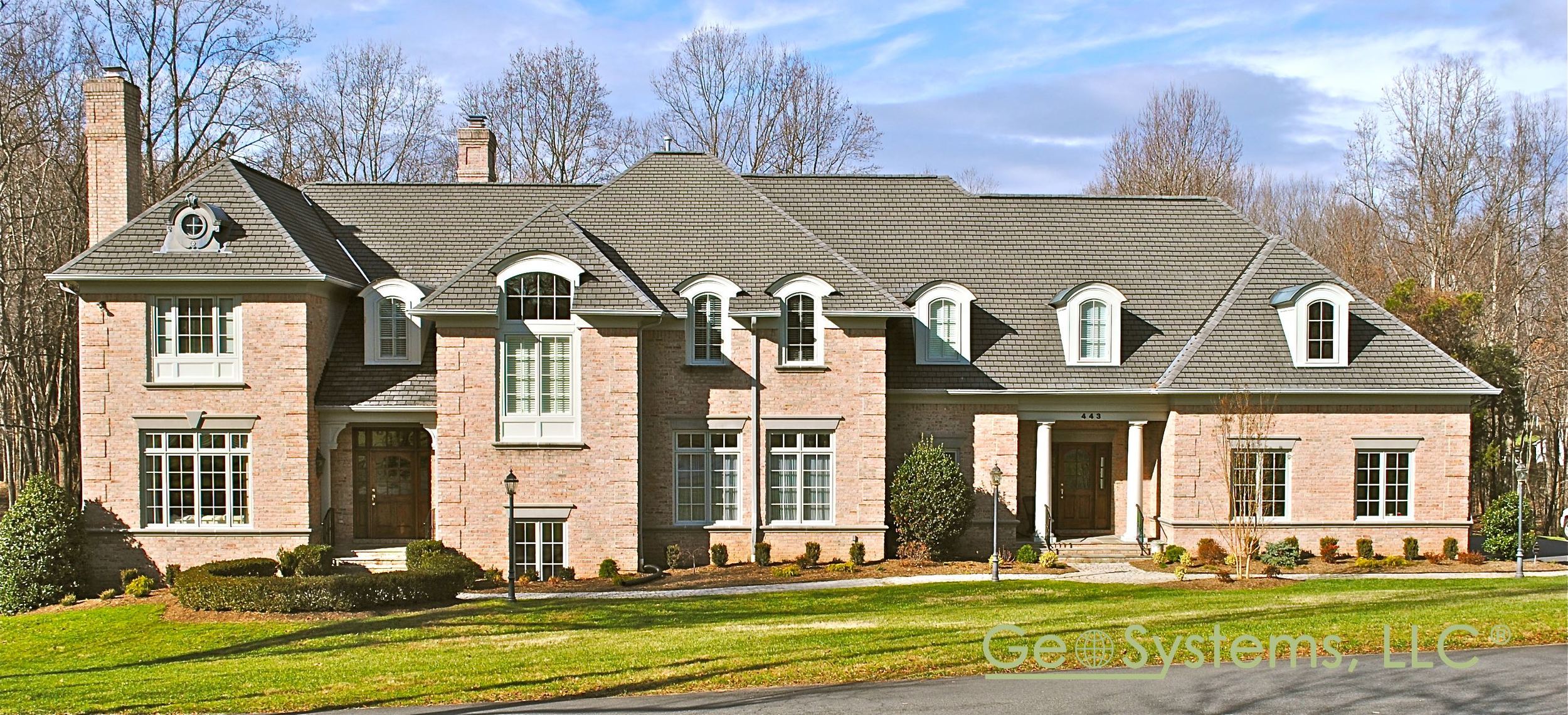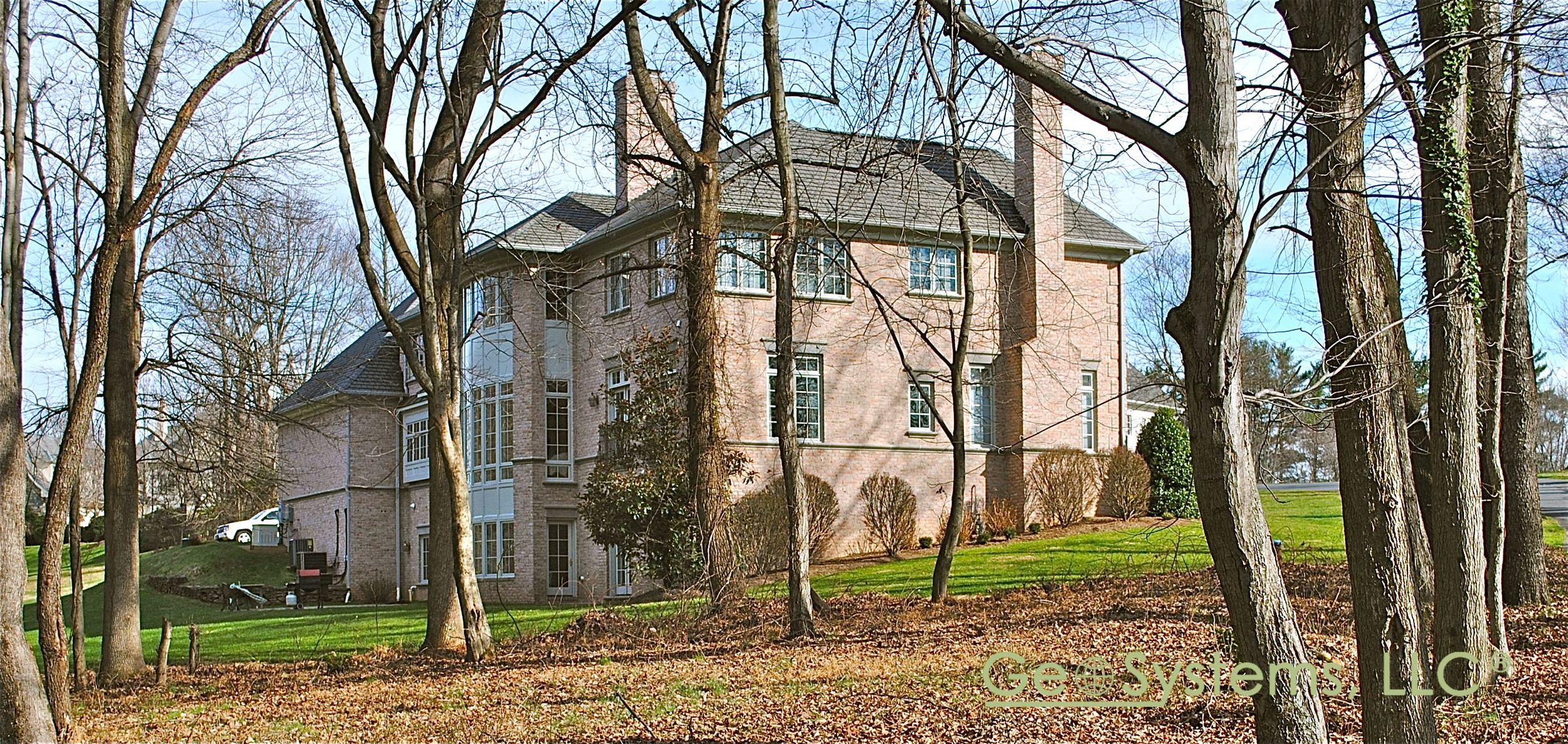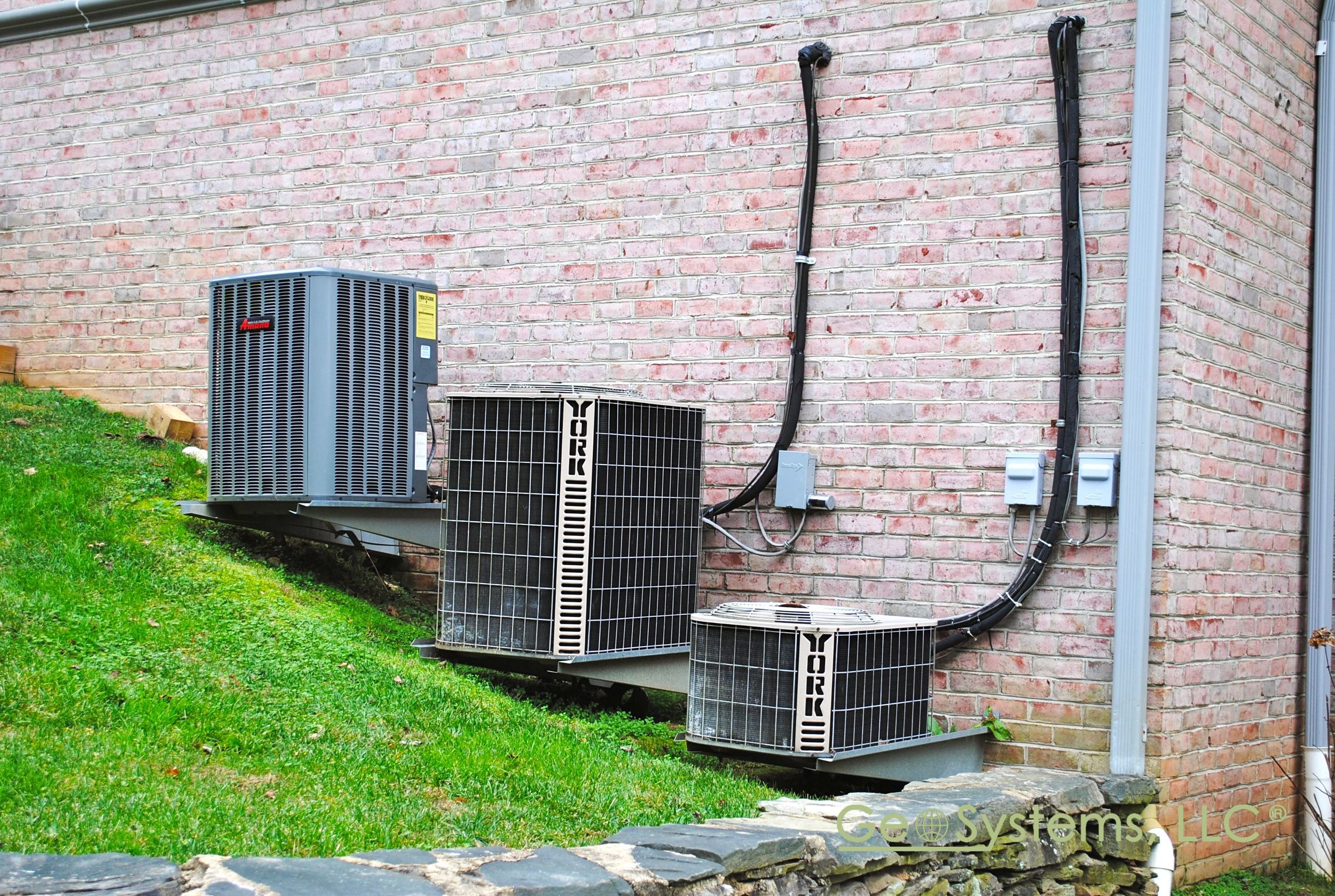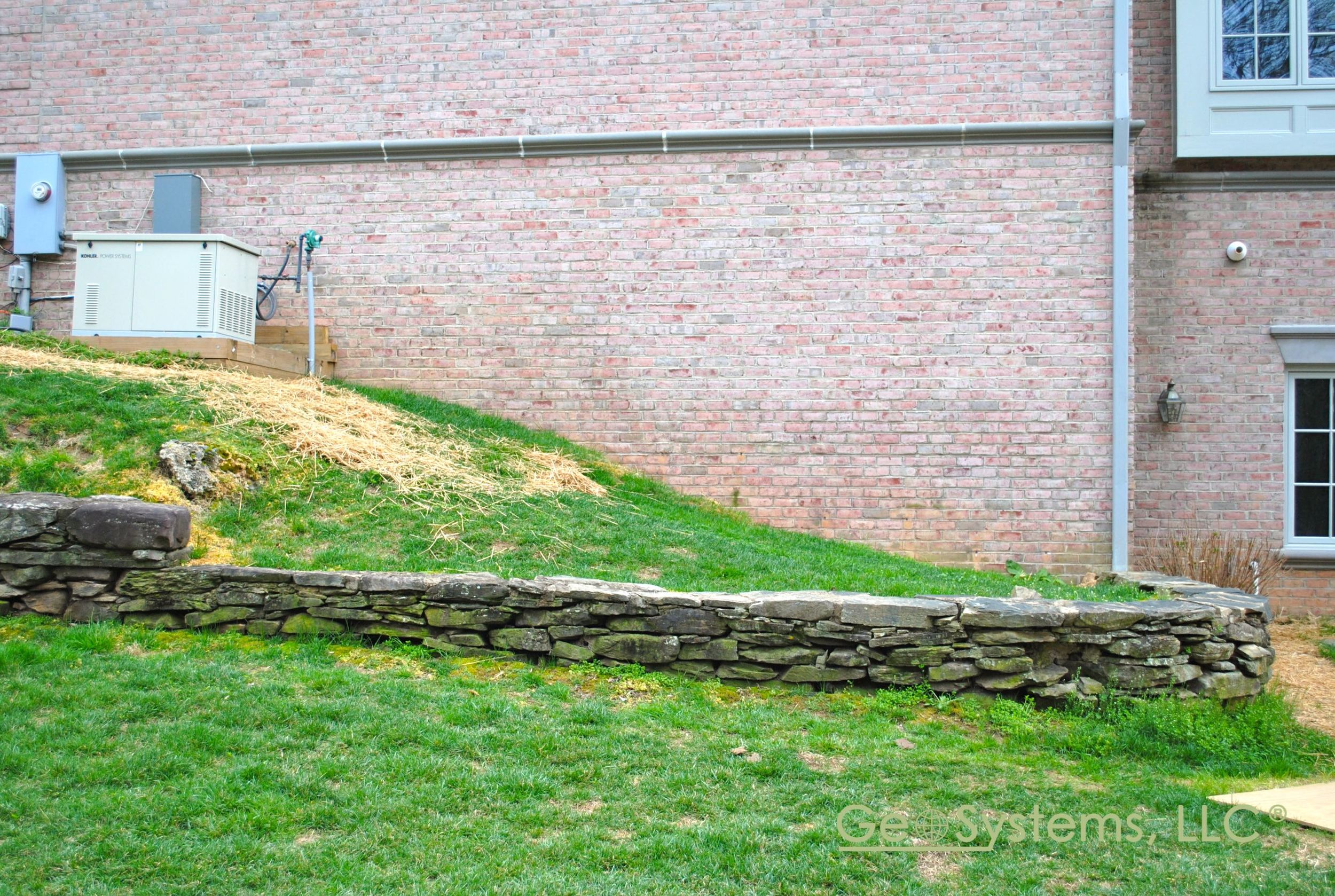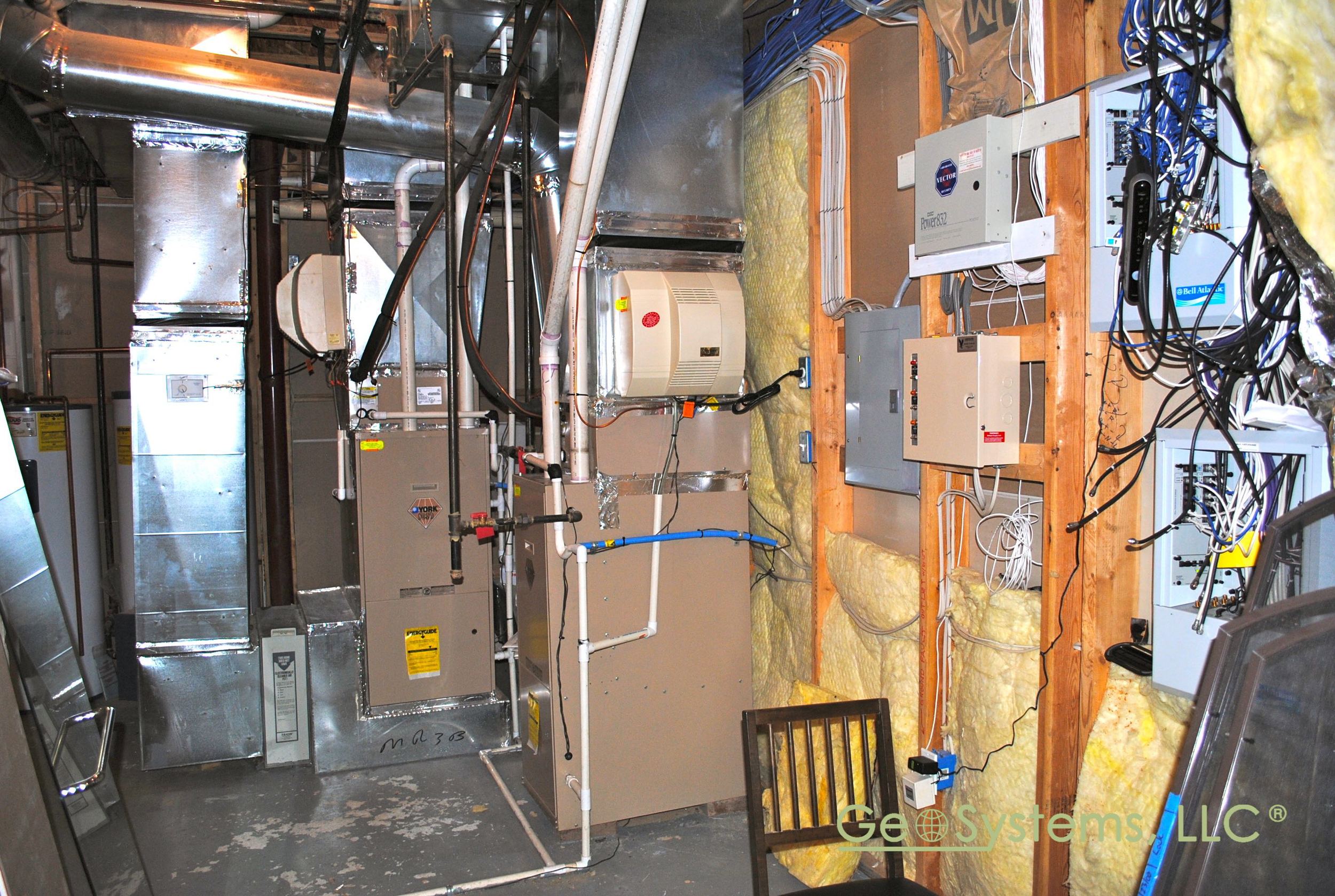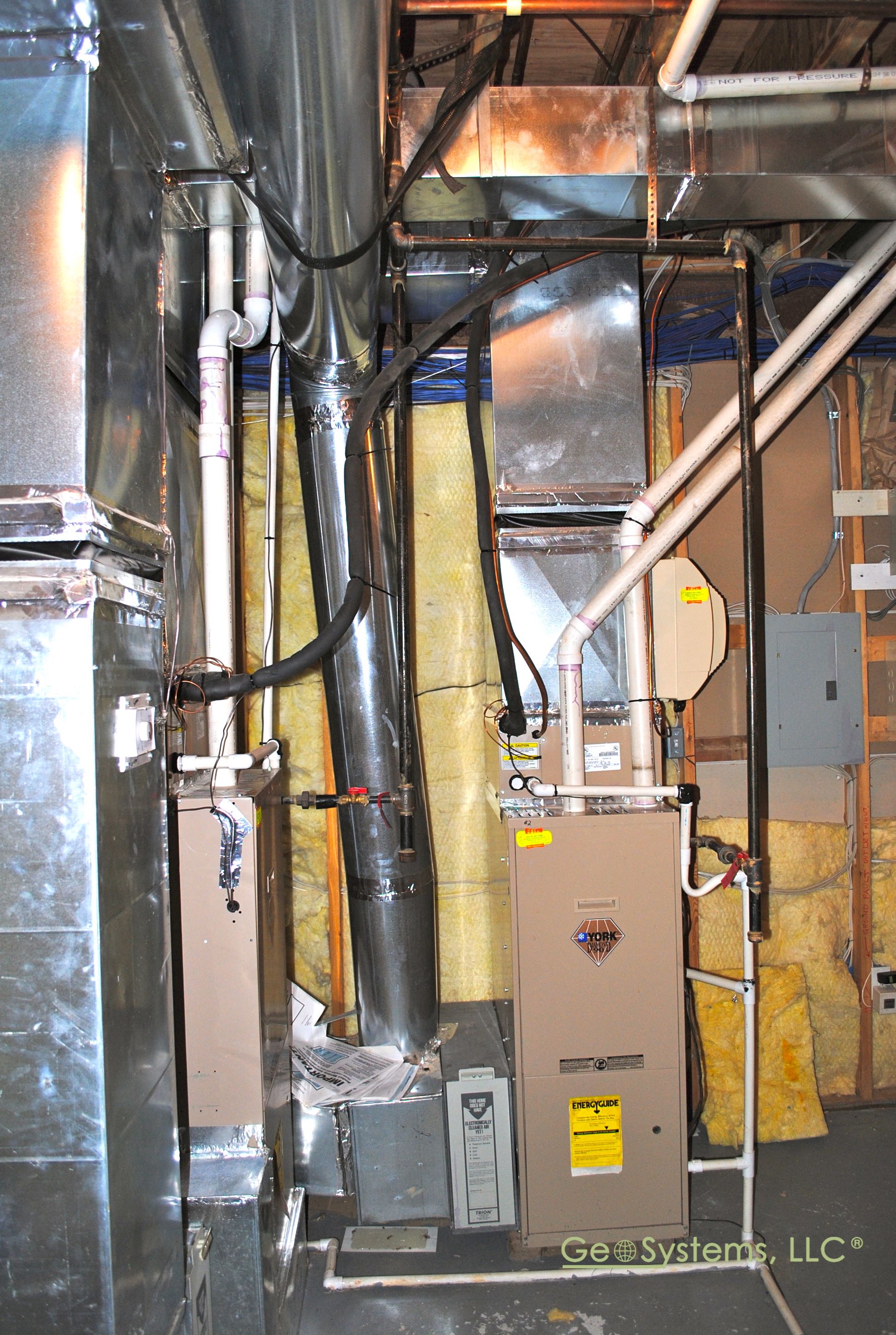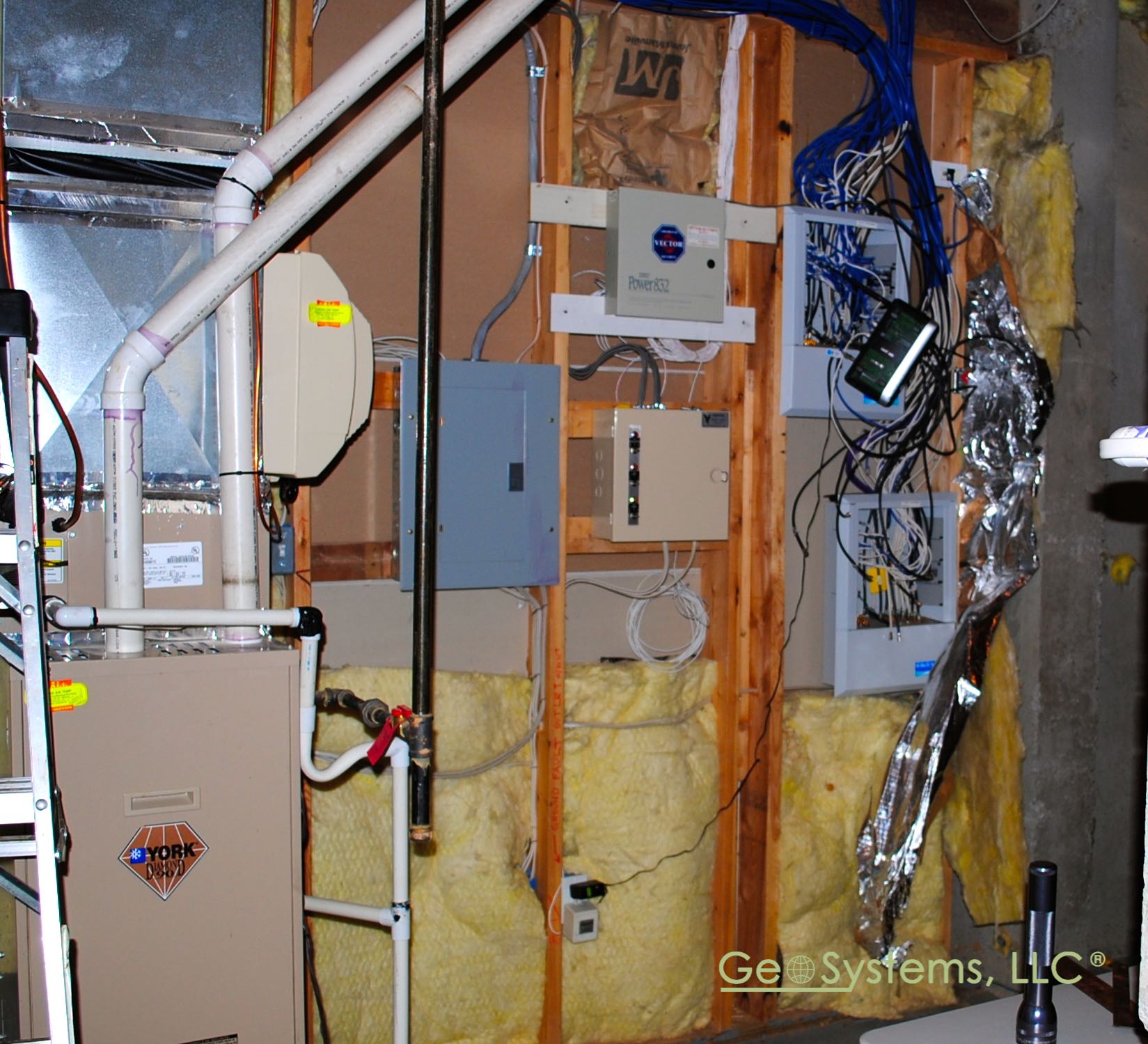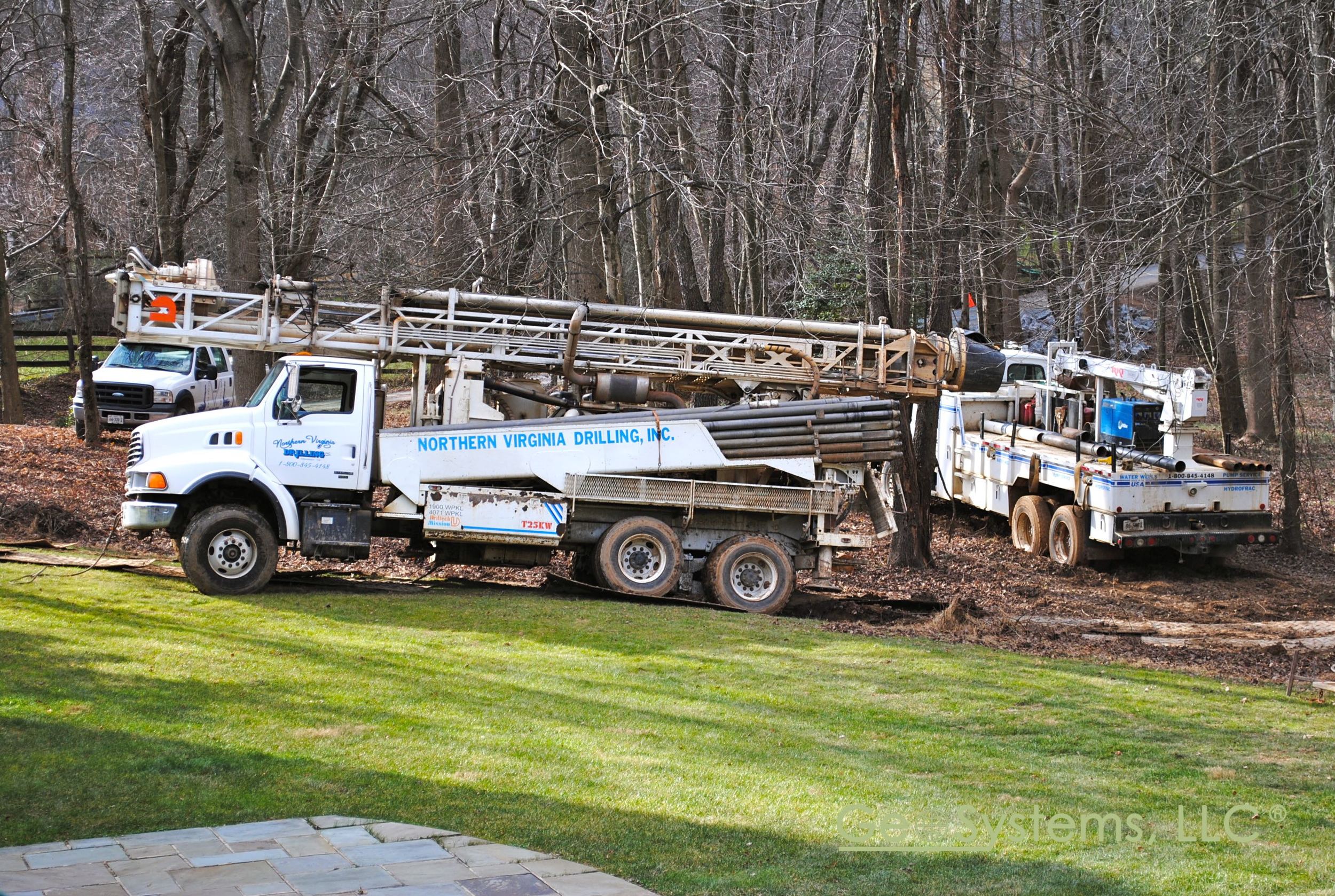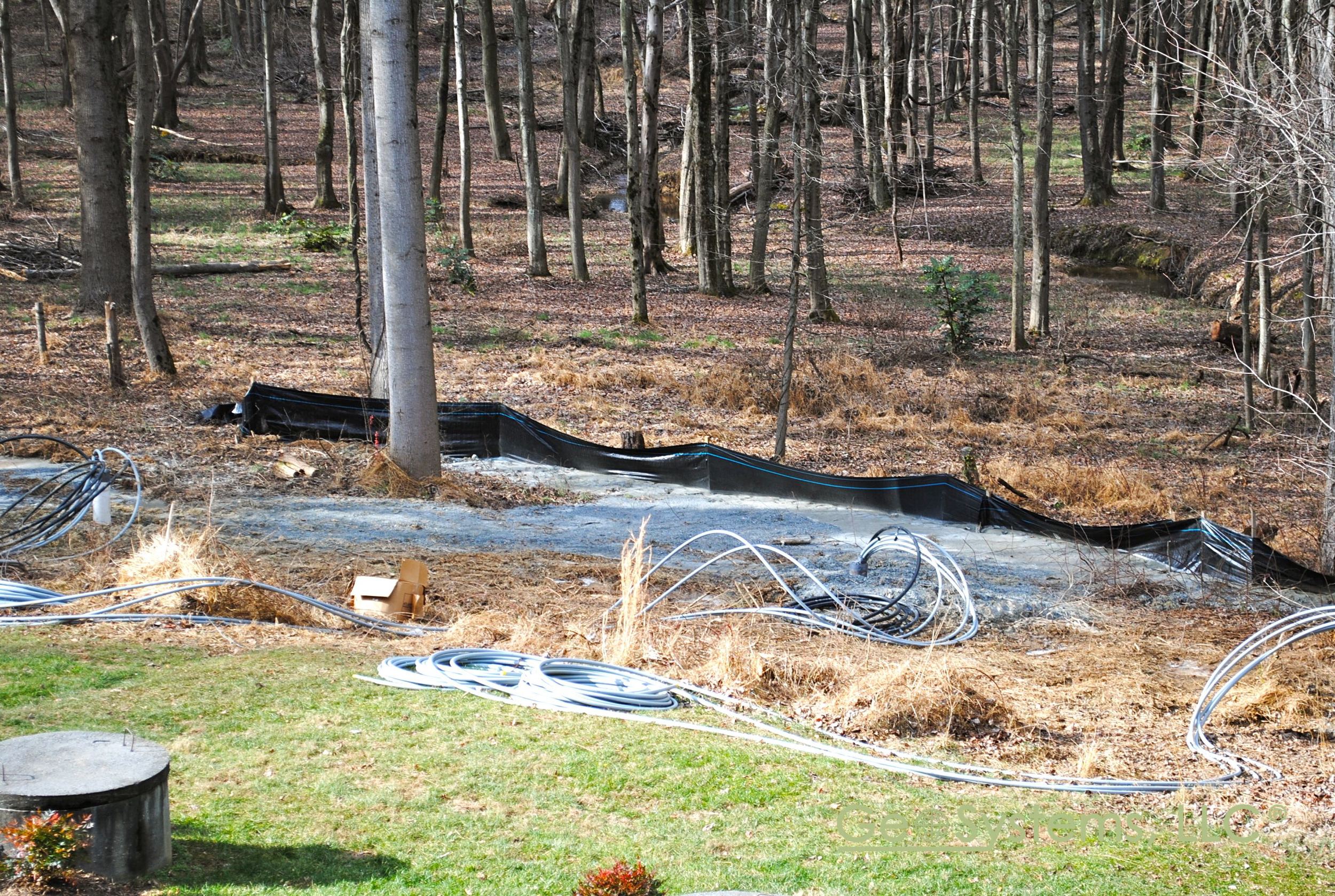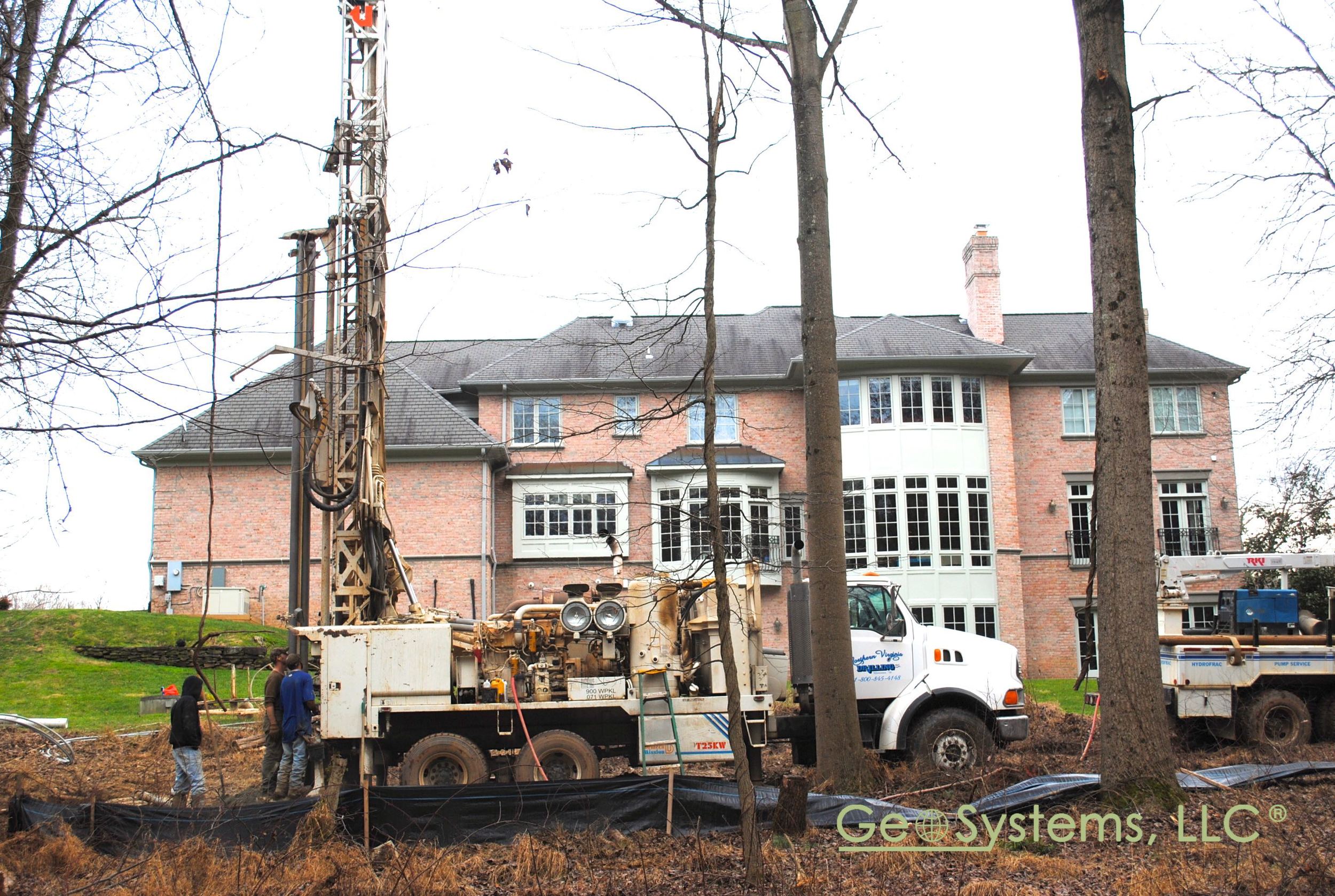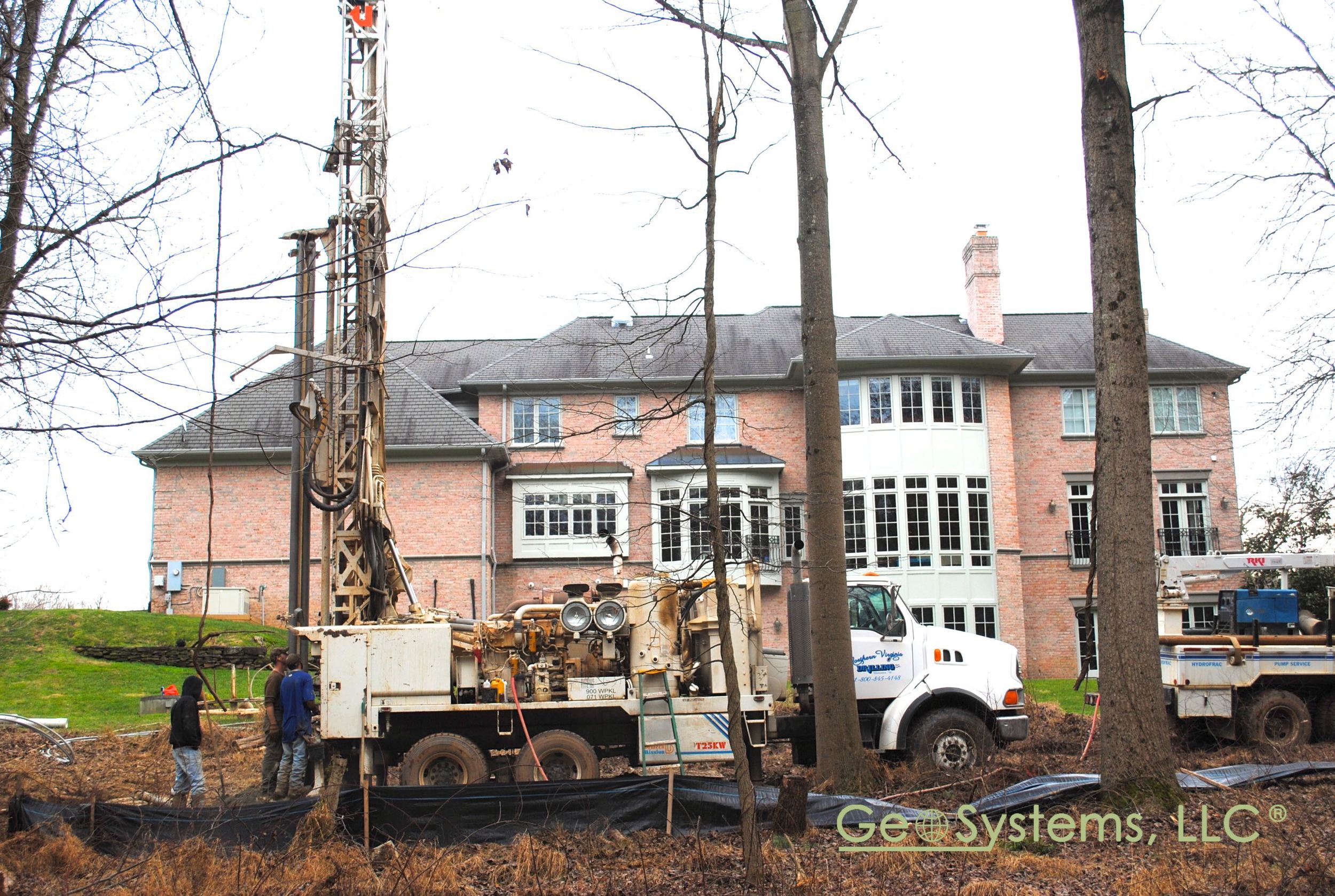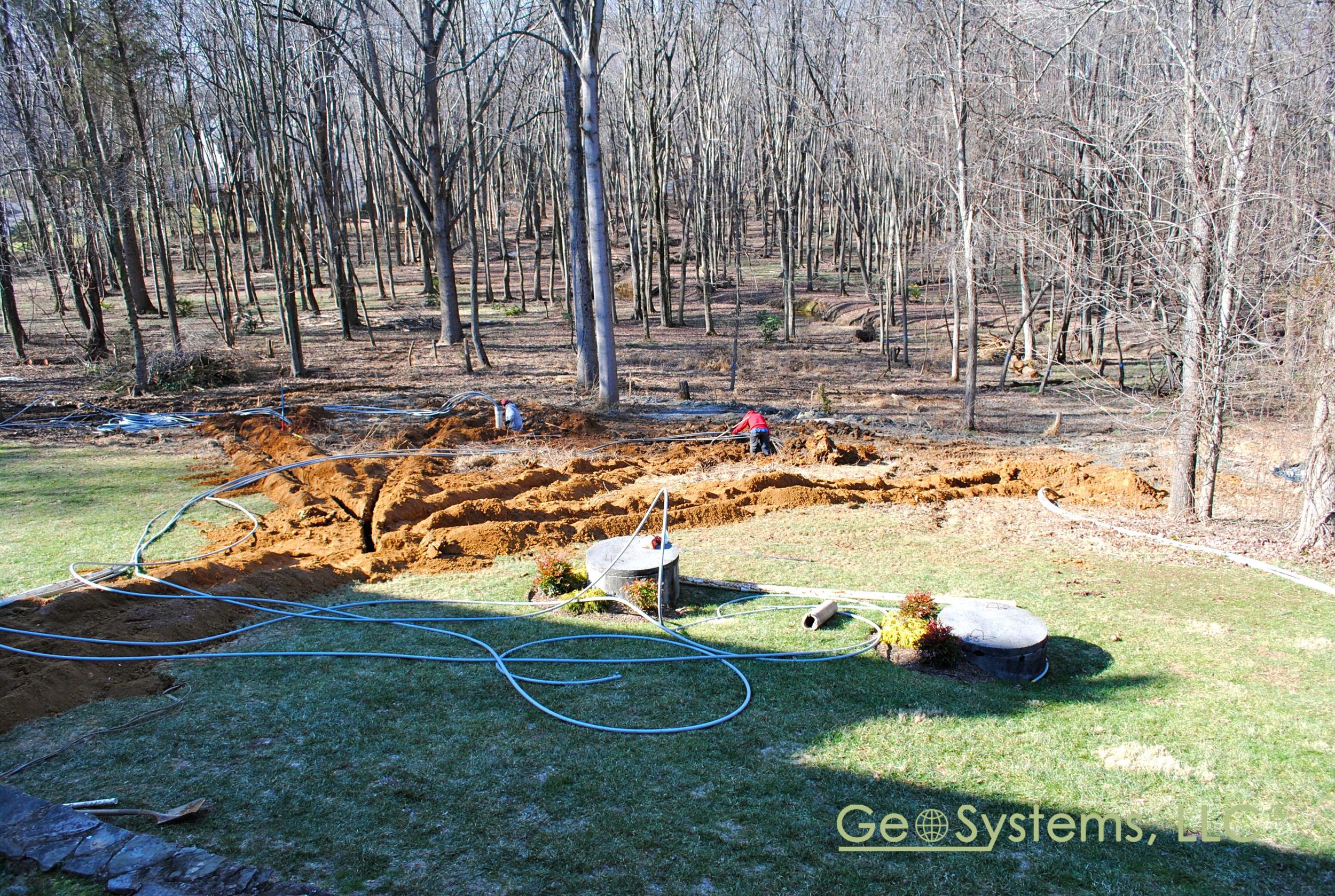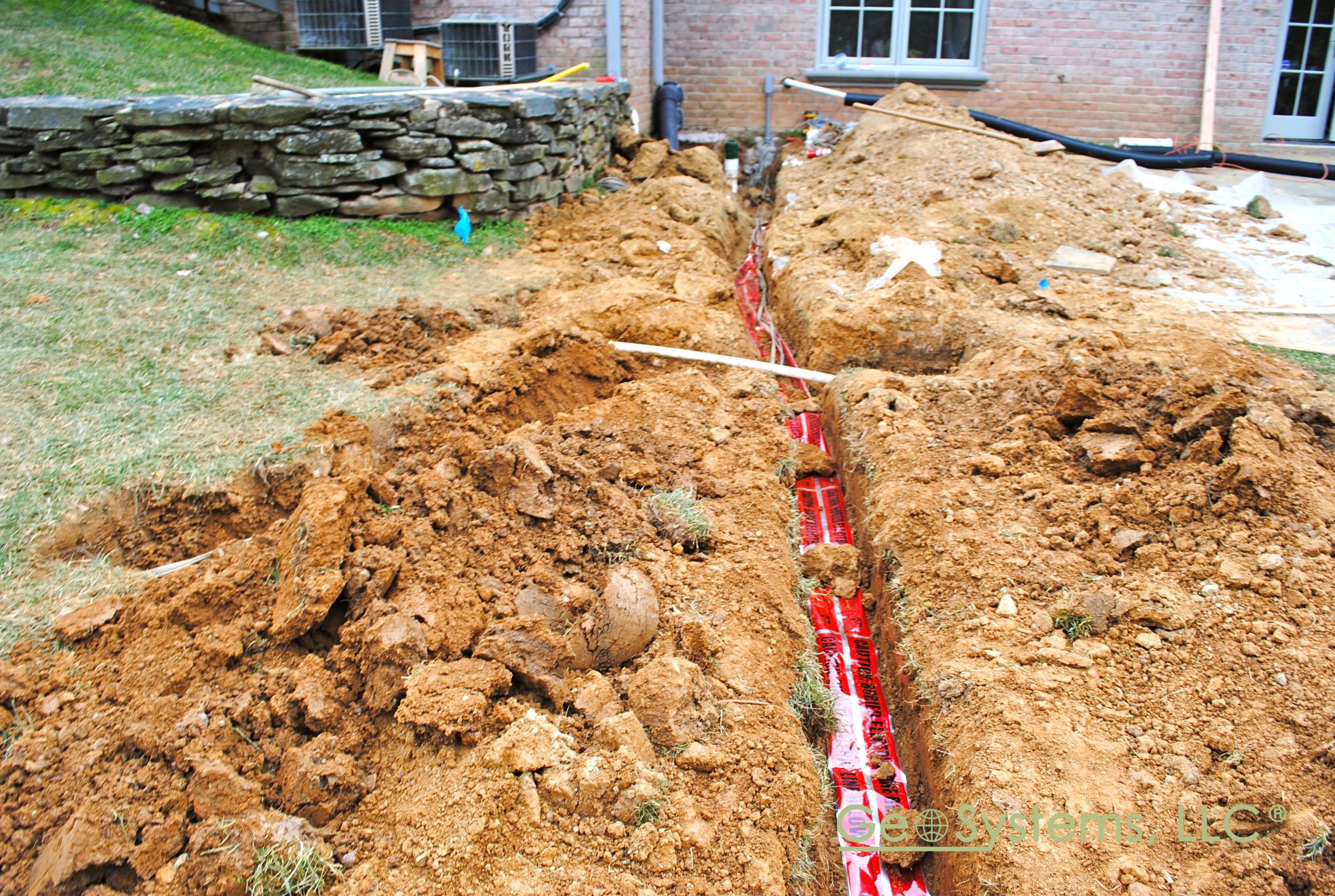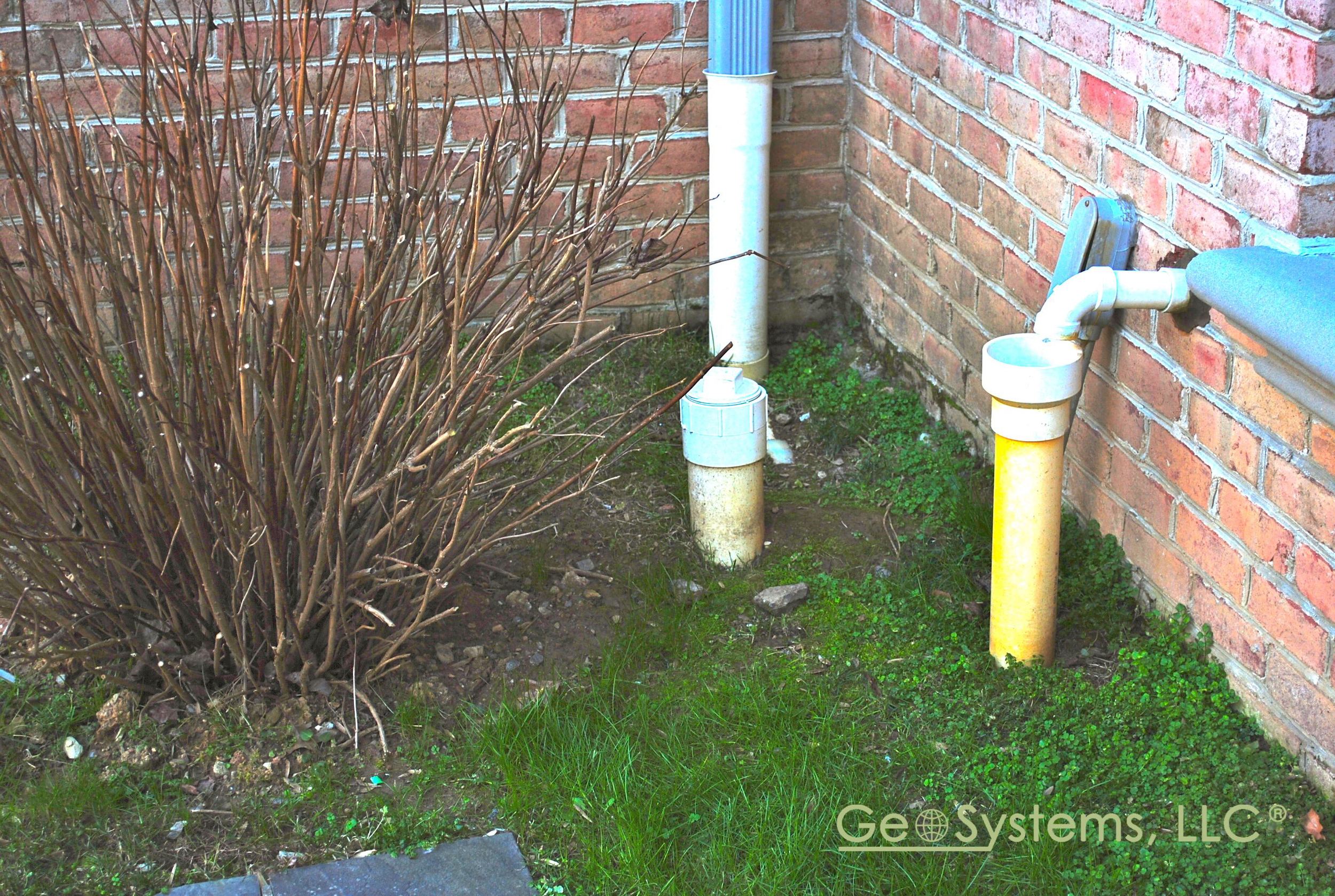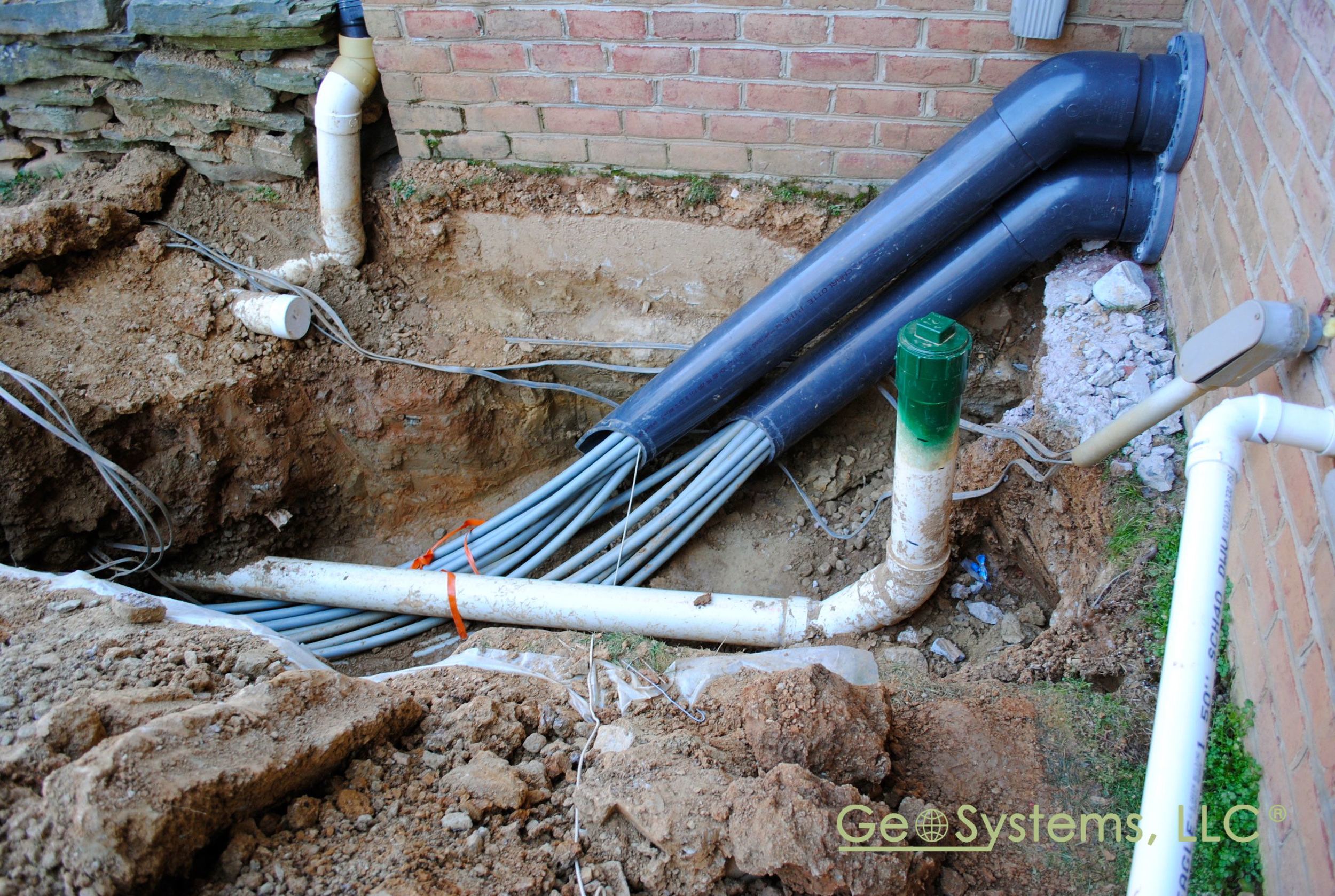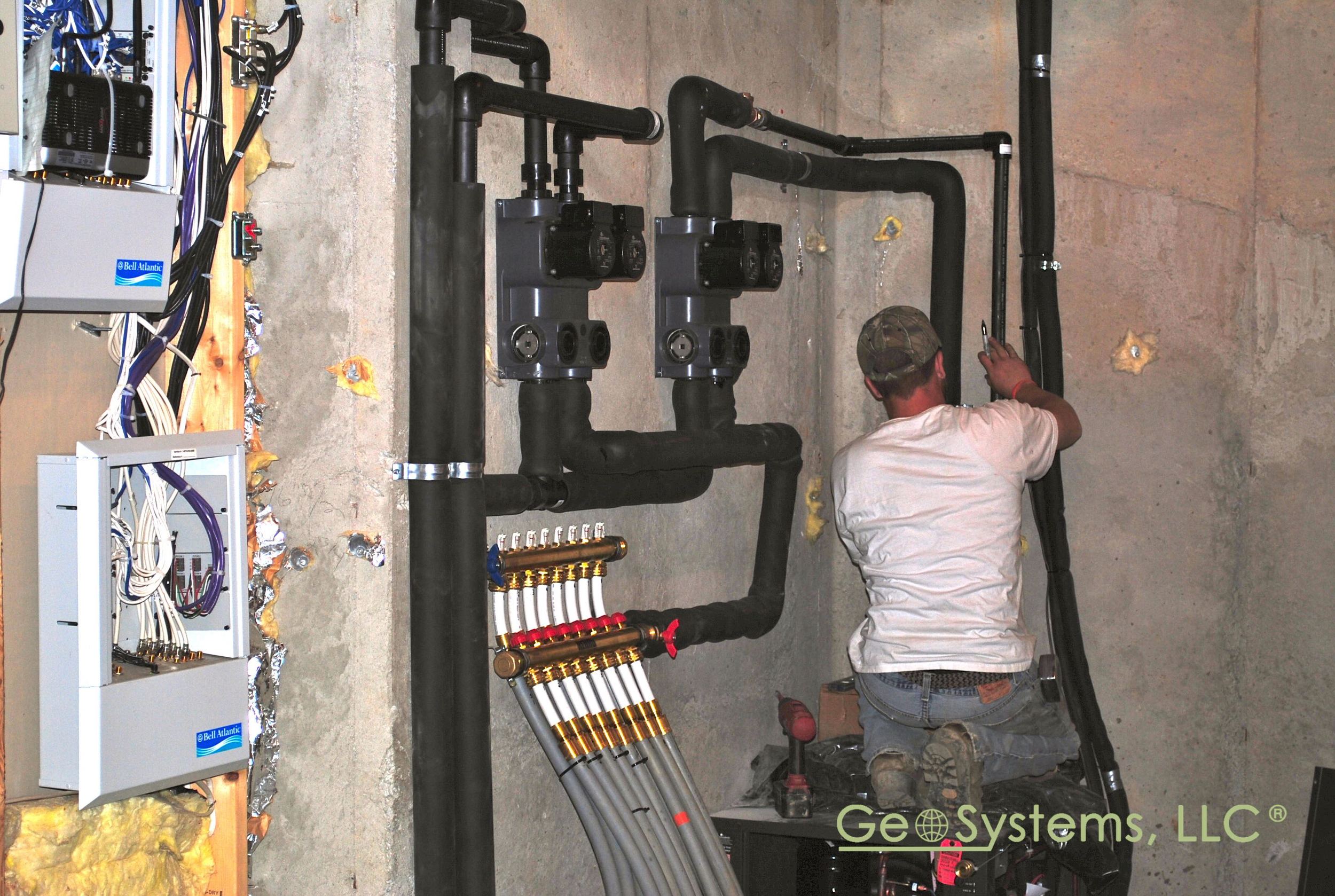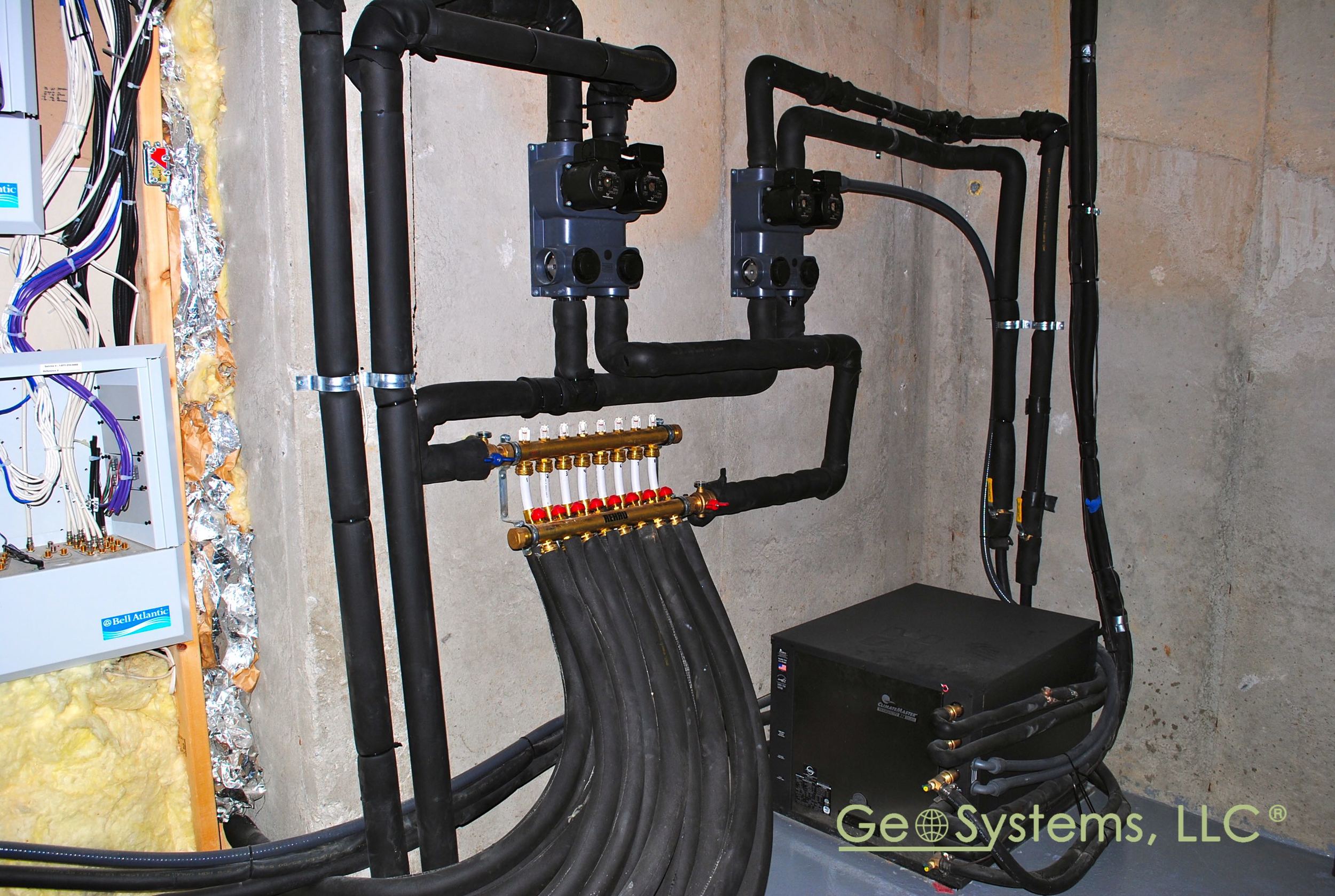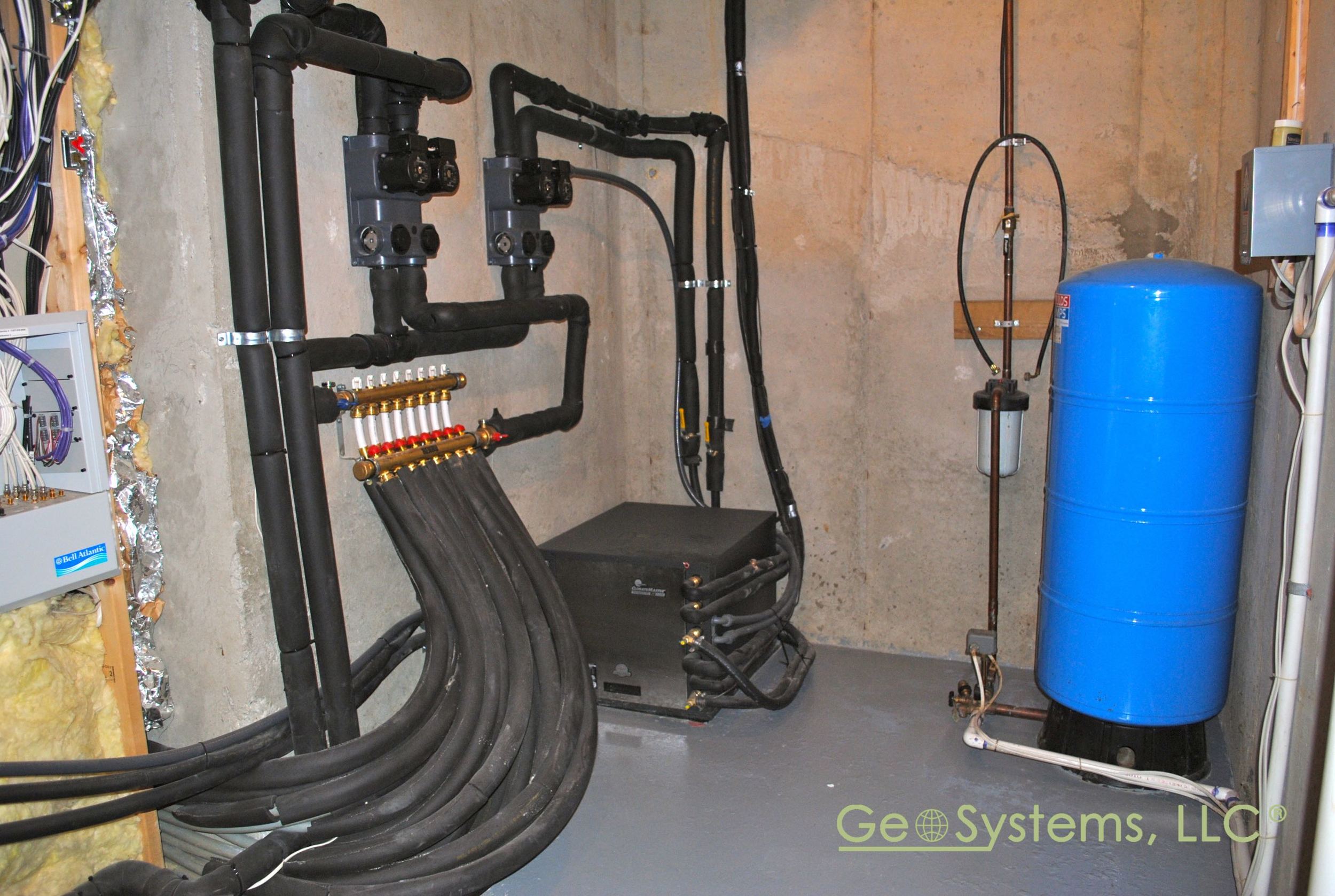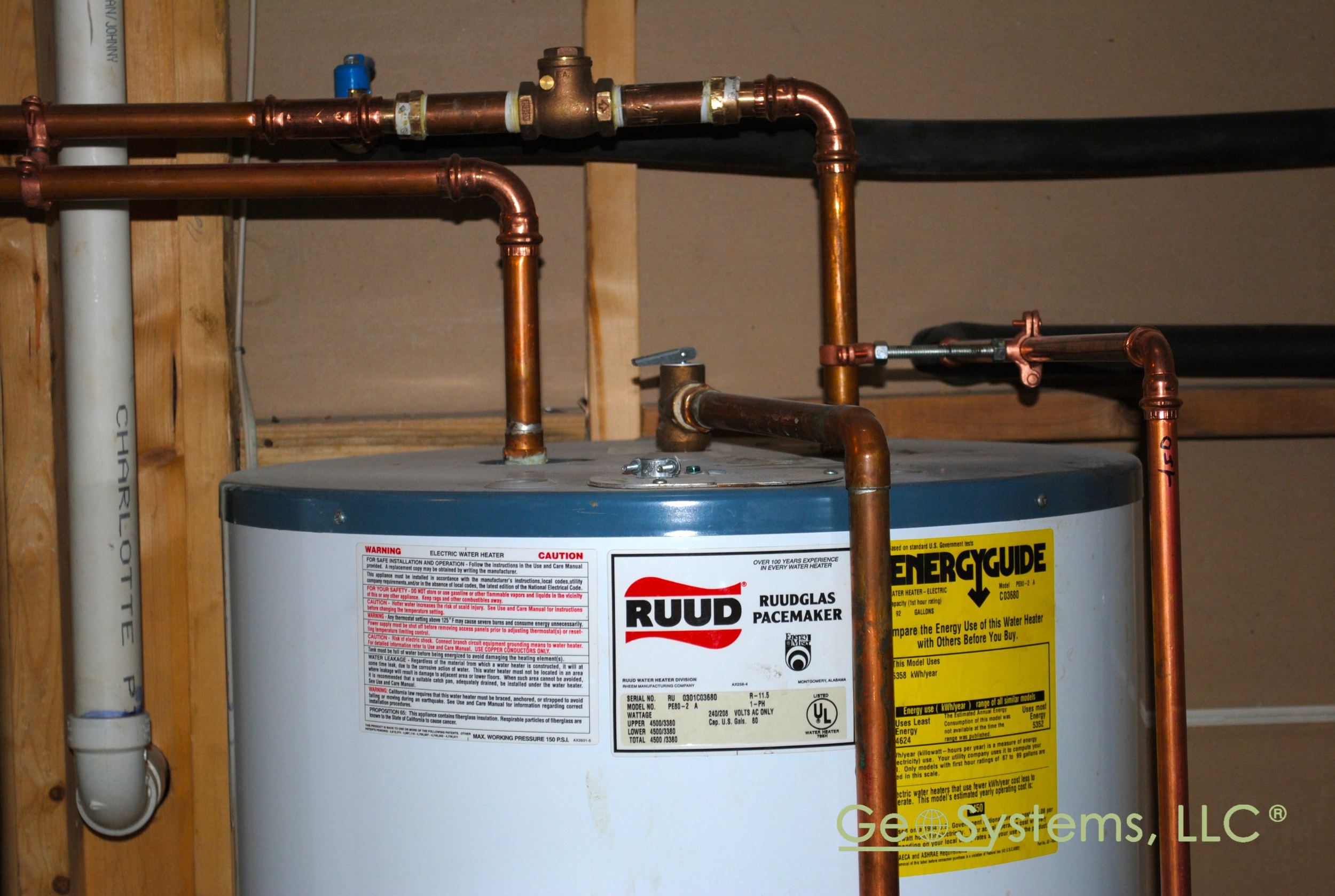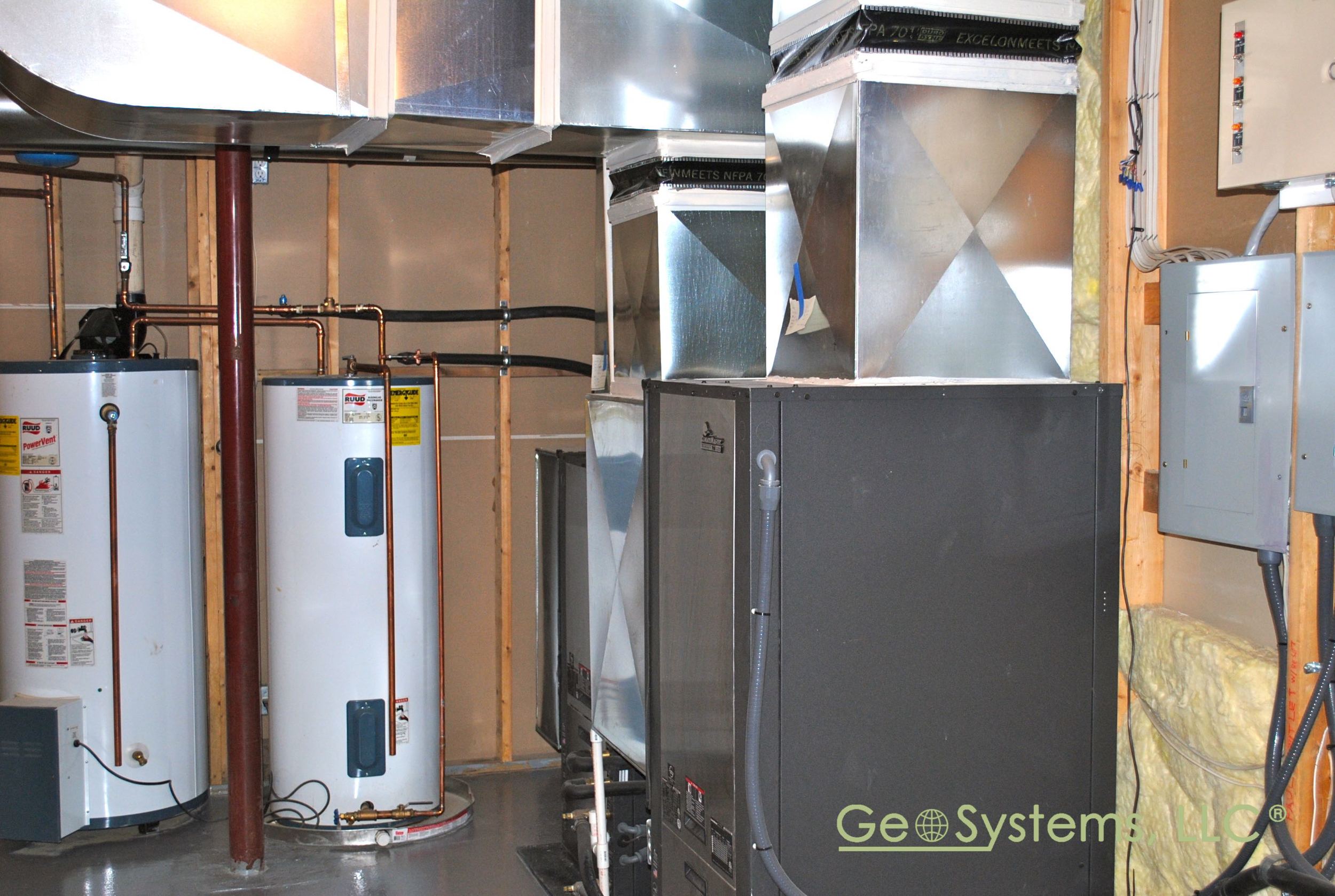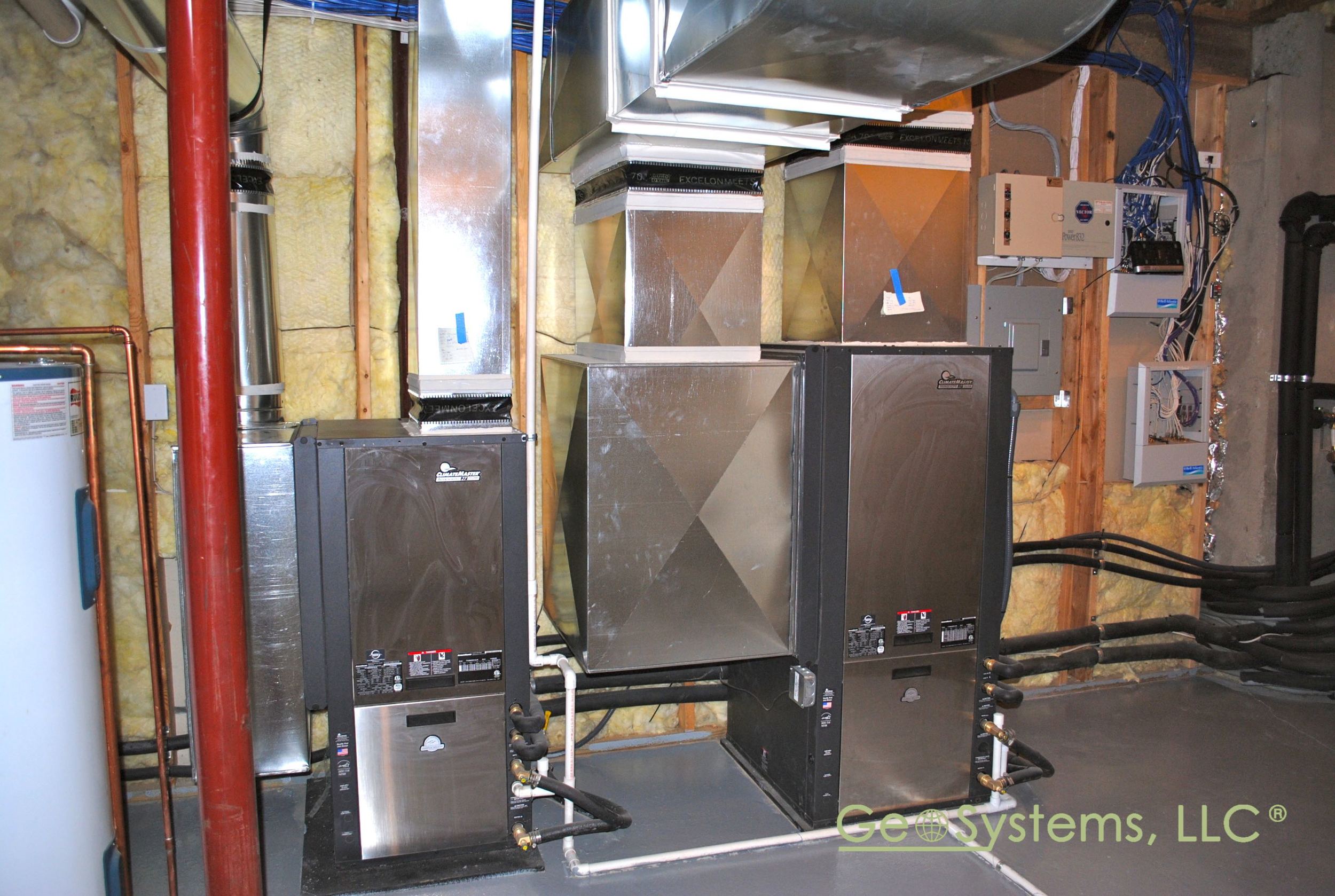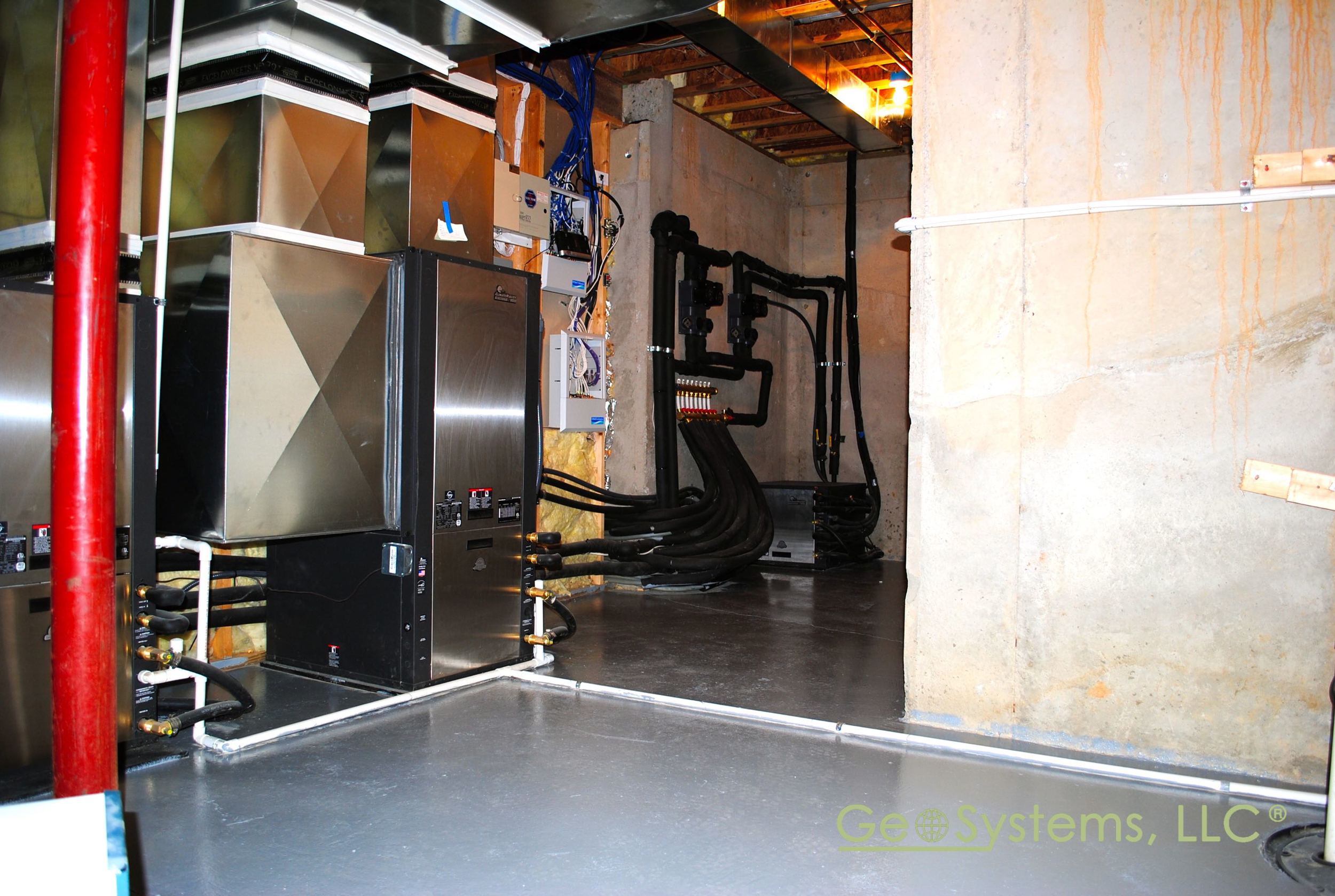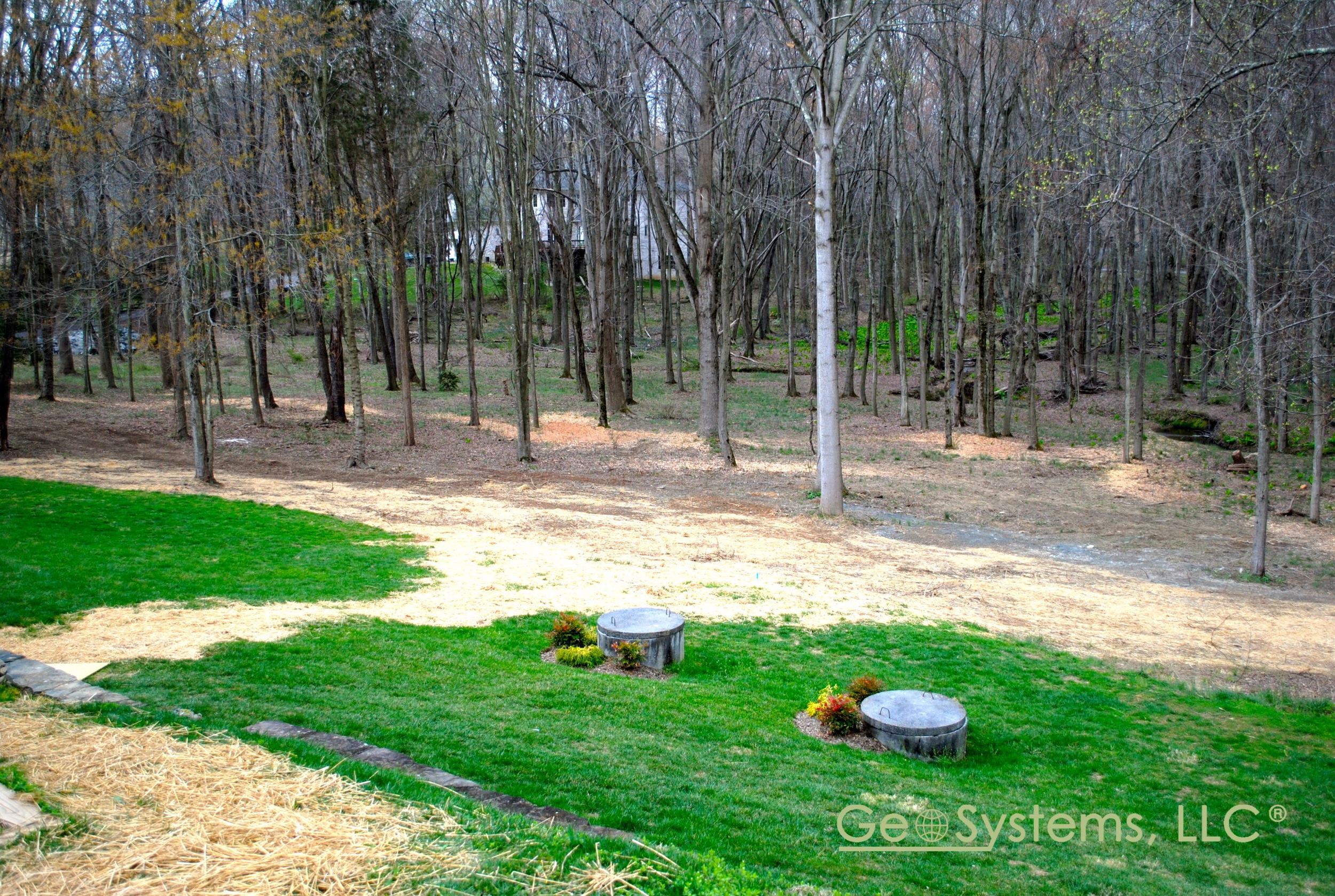Common Problems with GSHP Systems and How To Avoid Them:
/By far the most important step a homeowner needs to take when considering a GSHP system is to work with a reputable and experienced installer. Such an installer will ensure that the system is properly designed and installed so as to maximize system efficiency and homeowner comfort. A good installer will make sure that following problems are avoided:
It is essential that a GSHP system be carefully designed to meet the projected building load (heating and cooling demands). A GSHP system that is undersized will cost less upfront, but will perform poorly, causing overly high electric bills. Short ground loops (water wells that are not deep enough for standing column wells, boreholes that are not deep enough, or trenches that are not long enough) are one source of under-sizing a GSHP system. The heat pump equipment itself can also be under-sized, causing poor performance and high electric bills. Another source of under-sizing can be the system piping; if pipes are too small, the efficiency of the entire system will suffer, again resulting in lower efficiency and higher electric bills.
The GSHP systems can also be oversized. An oversized ground loop will cost more than necessary, causing higher upfront costs. Oversized heat pump equipment, while also costing more than necessary, will cycle on and off too rapidly, causing inefficient performance and higher electric bills. Therefore, it is essential that the homeowner get their GSHP system installed by an experienced and reputable installer, preferably one that comes highly recommended by past customers. .


